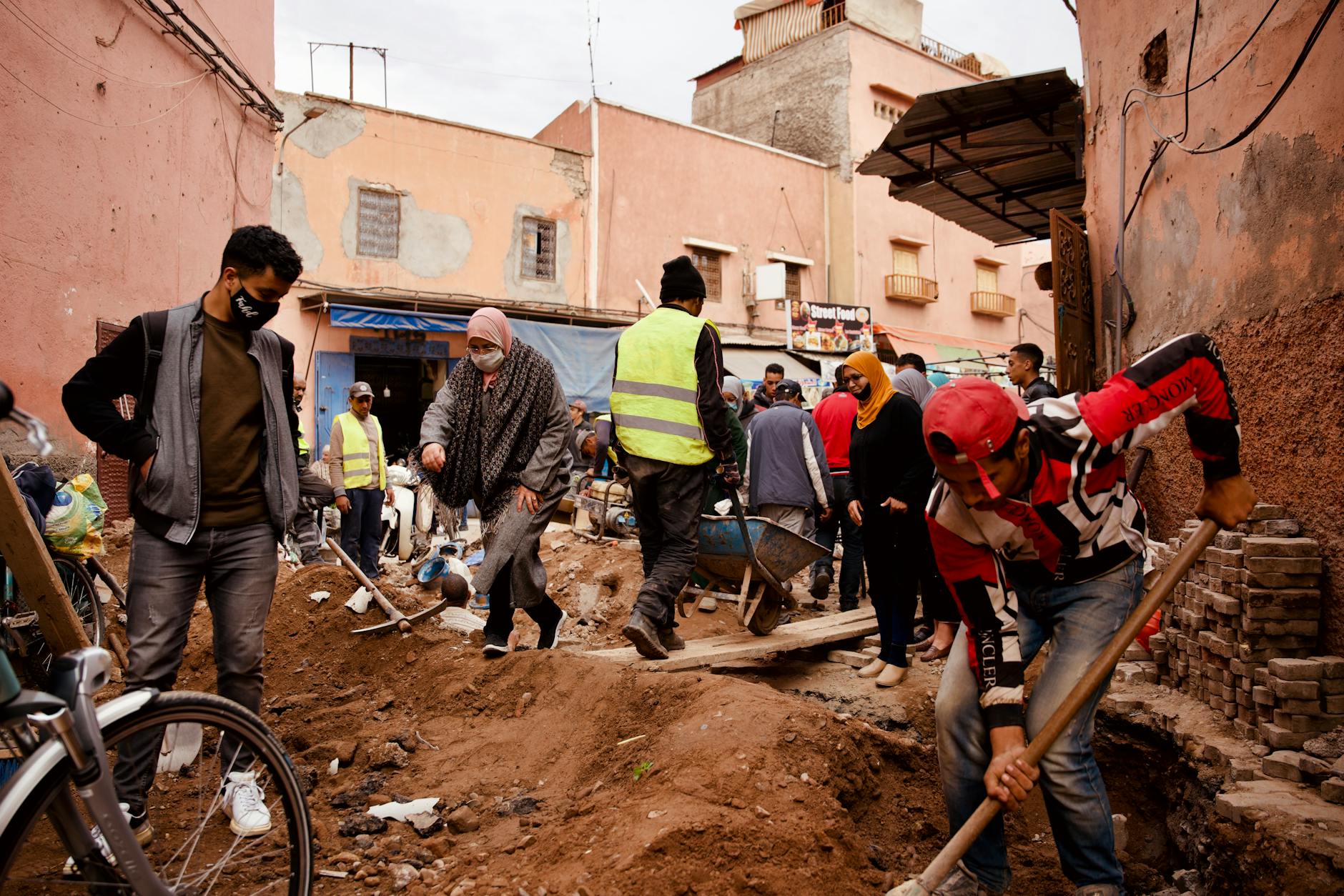Urban Corridors Blooming: Community Efforts Cultivate Pollinator Habitats in City Alleys
From neglected spaces to vibrant ecosystems, local initiatives are transforming forgotten city pathways into vital havens for bees and other beneficial insects.
Once an overlooked and often neglected part of the urban landscape, certain city alleyways are undergoing a remarkable transformation, becoming vibrant corridors for pollinators. These “pollinator pathways,” driven by community engagement and a focus on native and nectar-rich planting, are not only beautifying urban environments but also providing crucial support for insect populations essential to our ecosystem.
The Genesis of Urban Pollinator Pathways
In a notable example from Bristol, an initiative known as the “pollinator pathways project” has repurposed a once “dreary, litter-strewn dumping ground” into a thriving habitat. Flora Beverley, a participant in the project, observes the increased insect activity, noting the presence of bumblebees, hoverflies, and ladybirds attracted to a variety of plants including catmint, yarrow, geraniums, and anemones. The transformation goes beyond mere planting; colorful murals now adorn the walls, and the involvement of local residents ensures the ongoing maintenance and success of these green spaces. Neighbors actively participate, demonstrating a shared commitment to the project’s evolution.
Community-Driven Conservation in Action
The success of such projects often hinges on strong community involvement. The report highlights how local people who initially helped in the transformation continue to actively care for the newly planted areas. This hands-on approach fosters a sense of ownership and ensures the long-term sustainability of the pollinator pathways. By engaging residents directly, these initiatives create a tangible connection between urban dwellers and the natural world, encouraging greater environmental stewardship.
Ecological Benefits Beyond Aesthetics
While the visual enhancement of urban spaces is a clear benefit, the primary objective of these pollinator pathways is to support vital insect populations. Pollinators, such as bees, are fundamental to plant reproduction and play a critical role in food production. By providing accessible sources of nectar and pollen in urban settings, these pathways help to:
- Increase biodiversity within cities.
- Support the life cycles of various pollinator species.
- Contribute to a healthier urban ecosystem.
The introduction of “bee hotels,” designed to offer shelter and nesting sites for solitary bees, further enhances the ecological value of these initiatives.
Expanding the Concept: Creating a Network
The vision behind pollinator pathways extends beyond individual alleyways. The aim is to create connected networks that allow pollinators to travel more freely across the urban landscape. This concept involves linking green spaces, gardens, and even balconies with suitable planting, effectively building a series of “stepping stones” for insect populations. Such a network could mitigate the fragmentation of natural habitats often experienced in urbanized areas, offering more robust support for wildlife.
Challenges and Considerations for Urban Greening
While the benefits are significant, the implementation of pollinator pathways also presents certain considerations.
- Resource Management: Ensuring consistent watering and maintenance requires ongoing commitment and potentially shared resources among residents.
- Plant Selection: Choosing the right plant species that are both attractive to pollinators and suitable for the urban environment (e.g., tolerant of pollution and varied soil conditions) is crucial.
- Public Engagement: Sustaining community interest and participation over the long term is key to the enduring success of these projects.
The source material focuses on a positive community-led effort and does not detail broader policy implications or potential conflicts over land use, which could be factors in larger-scale urban greening projects.
The Future of Urban Pollinator Support
Projects like the one described in Bristol demonstrate the power of grassroots action in fostering urban biodiversity. As more cities look for innovative ways to enhance their green infrastructure and support wildlife, the concept of pollinator pathways offers a scalable and community-focused solution. The visible success and positive feedback from residents involved suggest a growing appreciation for the role of nature within our cities.
Key Takeaways for Urban Greening Enthusiasts:
- Community involvement is vital for the success and sustainability of urban greening projects.
- Strategic planting with nectar-rich flowers can create essential habitats for pollinators.
- Urban alleys and neglected spaces offer significant potential for ecological restoration.
- Creating connected “pathways” can enhance the movement and survival of pollinator species.
- Simple additions like “bee hotels” can provide critical nesting resources.
These community-led initiatives serve as a valuable model for other urban areas seeking to integrate nature and support essential ecological functions within their built environments. The ongoing commitment from residents underscores the powerful connection that can be forged between people and the natural world, even in the heart of a city.


























